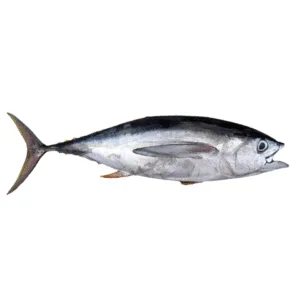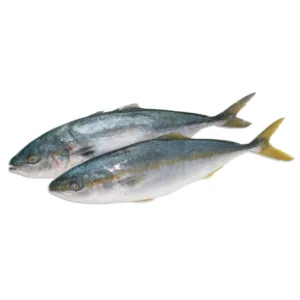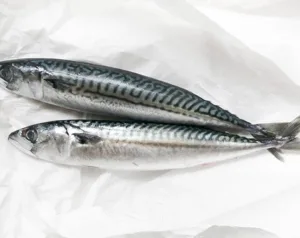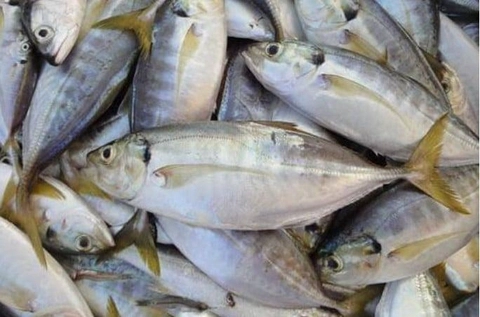news
The Spice Route Reimagined: The Fascinating History and Modern Uses of Spices
For thousands of years, spices have been a driving force of history. They have built and toppled empires, sparked wars, and fueled the age of exploration, forever changing the global map. The quest for cinnamon, cloves, nutmeg, and black pepper was not merely a pursuit of flavor; it was a race for wealth, power, and prestige. This comprehensive article will embark on a historical and culinary journey, tracing the ancient origins of the spice trade, exploring its profound impact on global cultures, and celebrating the modern uses of these aromatic treasures that continue to enrich our lives today.
The story of spices is a story of human ingenuity and desire. Before refrigeration, spices were a crucial tool for preserving food and masking unpleasant odors and flavors. But their true value lay in their ability to transform the mundane into the extraordinary. They were used in medicine, religious rituals, and perfumes, and their rarity made them a symbol of immense wealth and luxury, a status they held for centuries.

A Taste of History: The Ancient Spice Trade
The earliest evidence of the spice trade dates back to ancient Egypt, where spices like cinnamon and cassia were used for embalming and religious ceremonies. The trade was a complex network of land and sea routes that connected the Far East with the Middle East and Europe.
The Silk Road and Beyond: The legendary Silk Road was not just for silk. It was a bustling highway for spices, with caravans of camels carrying precious cargo from the markets of China and India to the cities of the Mediterranean. Arab merchants, with their knowledge of the monsoon winds, controlled the sea routes, guarding the sources of these valuable commodities and creating a monopoly that allowed them to charge exorbitant prices.
The Age of Exploration: The European desire to bypass this monopoly led to the Age of Exploration. Christopher Columbus sailed west in search of a direct route to the Spice Islands, and Vasco da Gama sailed around Africa, establishing a new sea route that broke the Arab monopoly and ushered in an era of European colonization.

Spices in Global Cuisine: From Traditional to Modern
Spices are the heart and soul of many of the world’s most beloved cuisines. Their unique flavor profiles and aromatic qualities define the culinary identity of a culture.
Indian Cuisine: Indian cooking is a symphony of spices. The art of balancing flavors is a hallmark of this cuisine, with spices like turmeric, cumin, coriander, and cardamom forming the basis of countless curries, masalas, and biryanis. Each region has its own unique spice blends, passed down through generations.
Thai and Vietnamese Cuisine: In Southeast Asia, spices like lemongrass, galangal, and Thai basil are used to create dishes that are a beautiful balance of sweet, sour, salty, and spicy. These spices add a vibrant, fresh, and aromatic quality to the food.
Mexican Cuisine: The bold, fiery flavors of Mexican cuisine are defined by a wide variety of chili peppers, from the smoky chipotle to the mild poblano. Spices like cumin, paprika, and oregano are also key to creating the rich, complex flavors of salsas and moles.

Modern Uses and Benefits
Today, spices are more accessible than ever, and their uses extend far beyond the kitchen. Modern science is now confirming the ancient wisdom that spices have powerful health benefits.
Medicinal Properties: Spices like turmeric, ginger, and garlic have been used in traditional medicine for centuries. Turmeric, with its anti-inflammatory properties, and ginger, with its ability to aid digestion, are now a part of modern medicine as well.
Aromatic Therapy: The aromas of spices are used in aromatherapy to reduce stress and promote relaxation. The scent of cinnamon, cloves, and nutmeg can be comforting and calming.
The Joy of Cooking: Perhaps the most important modern use of spices is the sheer joy they bring to cooking. They are a creative outlet, an opportunity to experiment and create new flavors. They allow us to travel the world without leaving our kitchen, to experience new cultures and traditions with every meal.
In conclusion, spices are a fascinating and essential part of the human story. Their journey from ancient trade goods to modern culinary staples is a testament to their enduring power and allure. By understanding their history and embracing their diverse flavors, we can continue to be a part of their incredible journey, one delicious meal at a time.


